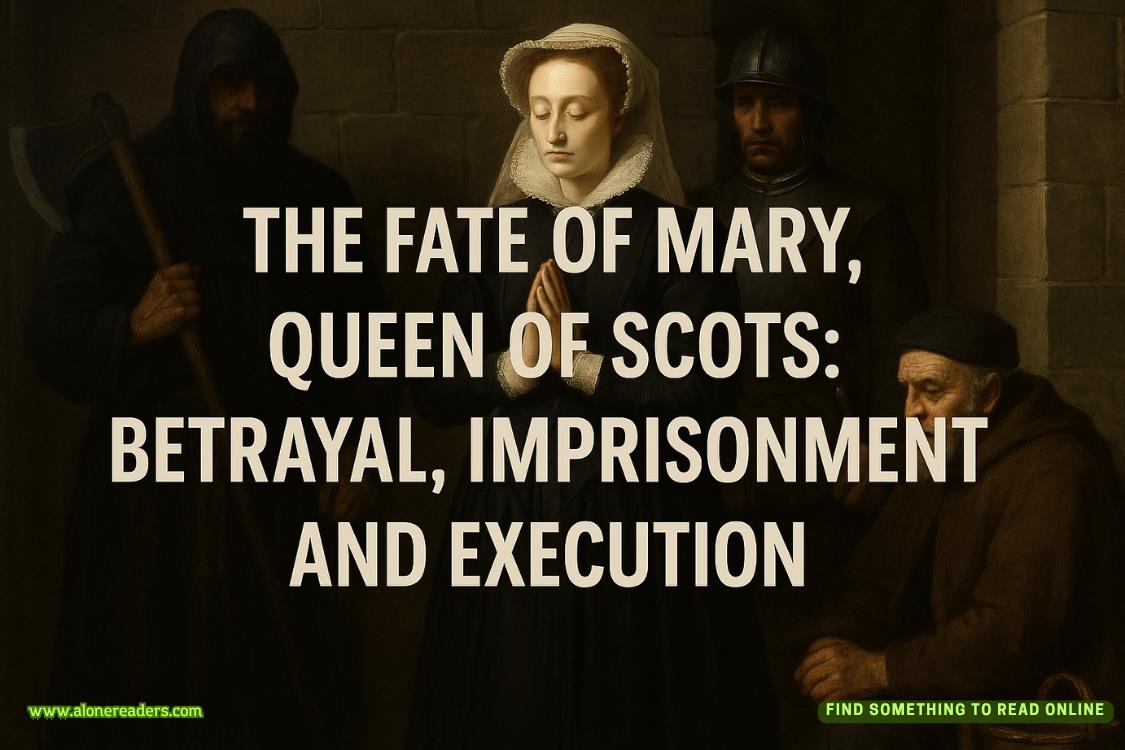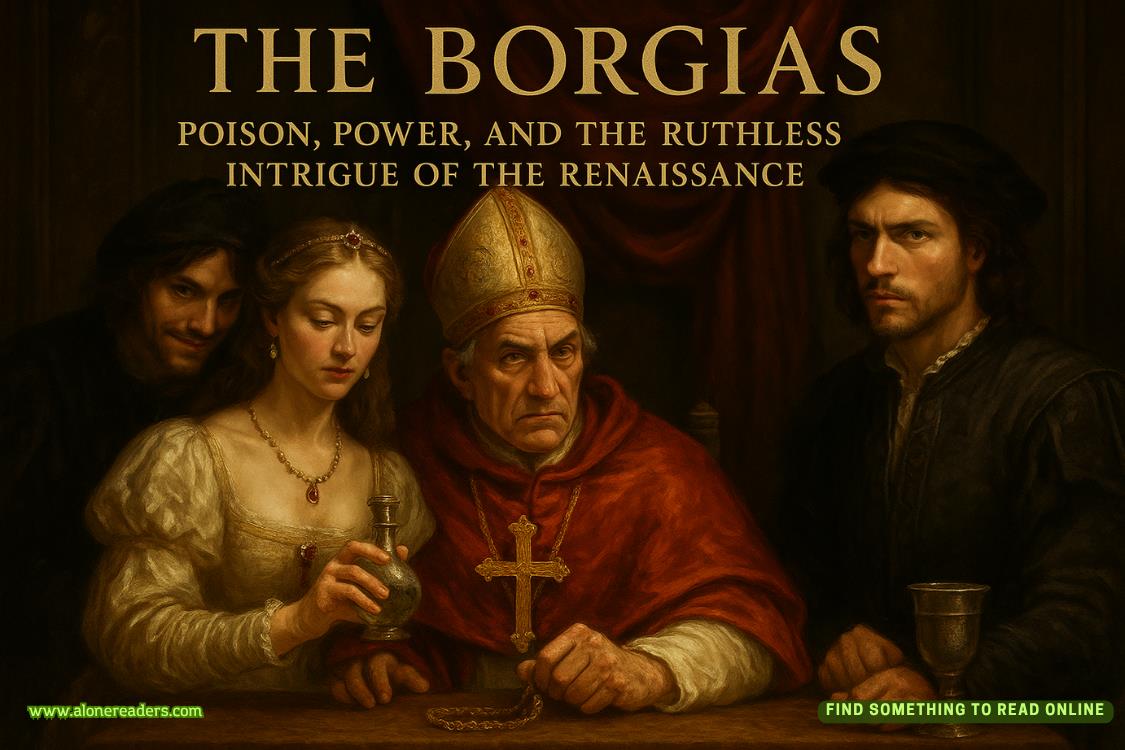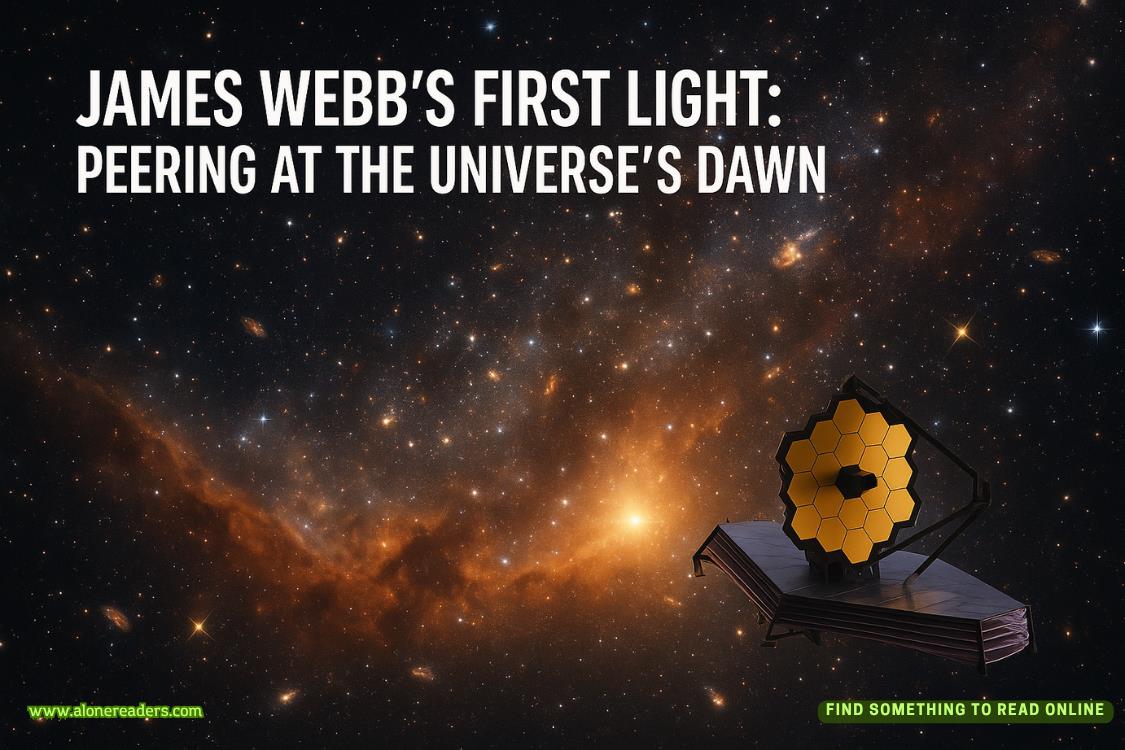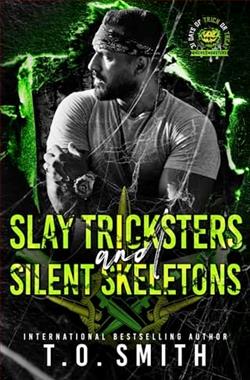Page 43 of Mountain Captive
“The caller was insistent that something was wrong,” Danny said. “He said none of the family members were answering their phones and the husband was supposed to report for work this morning and didn’t. He also said the boy is a diabetic and needs regular insulin.”
“Do we know their names?” Sheri asked.
“The caller referred to the man as Mike and the son as AJ,” Danny said. “The woman is Ruth. No last names. And the caller lost the connection before giving his own information. The 911 operator said the connection was poor, and the caller spoke with a thick accent she had trouble understanding. She thinks his name was Morris or Maurice, but the call dropped before she was able to get more information. She thought maybe he had driven into the mountains to look for the family. His phone didn’t register with the 911 system.”
“That’s a little suspicious,” Chris said.
“Maybe,” Danny said. “But bad phone service is pretty common in these mountains and canyons. We can’t risk ignoring this in case it is legitimate. That area around the mill is particularly hazardous. There are open pits, collapsing structures and rusting equipment.”
“That kid could be in trouble if he needs insulin,” Hannah said.
“The sheriff’s department is looking for vehicles at trailheads in the area that might belong to this family,” Danny continued. “They’ve asked us to begin our search at the mill and move outward. We’ll work in teams of four.”
Rand and Chris teamed up with Carrie Andrews and Caleb Garrison. “We’re supposed to focus from the area south of the mill to Raccoon Creek.” Caleb looked up from the map the group had been given. “Are any of you familiar with the area?”
“I am,” Carrie and Chris replied at the same time.
“I’ve been to the mill a couple of times but not recently,” Caleb said.
“I’ve never been there,” Rand admitted.
“Just follow us.” Carrie stashed the map in her pack. “Let’s go, and hope we can find this lost family.”
ONLYTHESHELLof the Guthrie Mill remained—the weathered wooden walls, three stories high, topped by a metal roof streaked with orange rust. Light streamed through gaps in the boards, and the whole structure leaned a foot to the left, the victim of almost a century of punishing winds and deep winter snows. The ground around the structure was a junkyard of splintered boards and rusting metal, the husk of a boiler, snarls of thick cable, discarded tin cans, and the remnants of the iron rails that had once been a path for ore cars bringing raw materials for the mill to process.
Chris was drawn to places like this, and she had painted many similar scenes. Wildflowers grew among the debris, bending in a stiff breeze, and fluffy clouds scudded by in a delft-blue sky. It was the perfect setting for a summer outing—and a terrible place to be lost. The ground sloped away on all sides into deep ravines and rock-filled gullies, rock uplifts, and the remnants of other buildings that had supported the mill’s operation, making it impossible to see clearly for more than a few dozen yards in any direction. “When was the last time you were up here?” Rand asked as the four searchers picked their way over the rough ground.
“Harley and I were up here last summer,” Chris said. “I had an idea for a new painting and spent a couple of hours poking around and making sketches. We were the only ones here that afternoon.”
“Did you complete the painting?” he asked.
“I did. It sold right away. To a woman from Cincinnati, I think.” She scanned the surroundings for any clue that someone else had passed by here recently—a torn bit of clothing, a food wrapper, debris that appeared disturbed—but saw nothing.
“What are we supposed to be looking for?” Rand asked. “Besides the obvious, a person or persons?”
“Look for anything that could have attracted someone off the trail,” Chris said.
“They might have followed the old tramway” Carrie said. She indicated the remains of the towers evenly spaced across the mountain. “There’s a lot of old cable and tram cars beneath the towers that interest people. And a lot of rough terrain where someone could fall or get hurt.”
“Then let’s follow the tramline,” Caleb said.
They set out along the tramline, but Chris had trouble focusing on the search. She couldn’t shake the sense that something wasn’t right. Why had the 911 caller provided so many specific details—the family’s destination and the fact that the boy had diabetes—but failed to lead with important information, such as the family’s name or his own contact info? And if the family had really been gone for two days, why hadn’t a relative or coworker reported them missing?
She reminded herself that it wasn’t her job to raise suspicions about the call. She was here to search for people who might be in trouble and to help them if they were found. If they were all wasting their time, there were worse ways to spend a summer afternoon than in this beautiful spot.
A delicate melody, like someone playing a flute, drifted to her. Was that music or a trick of the wind? She stopped.
Ahead of her, Rand stopped also. “What is it?” he asked.
She shook her head. “I thought I heard music.”
“I don’t hear anything,” Caleb said.
“Which direction was it coming from?” Rand asked.
“I don’t know. Let’s keep going.” She was freaking herself out, hearing things that weren’t there. Better to focus on the search.
They hadn’t gone much farther when Caleb halted. “I thought I saw movement over there.” He pointed to a copse of stunted pinions.















